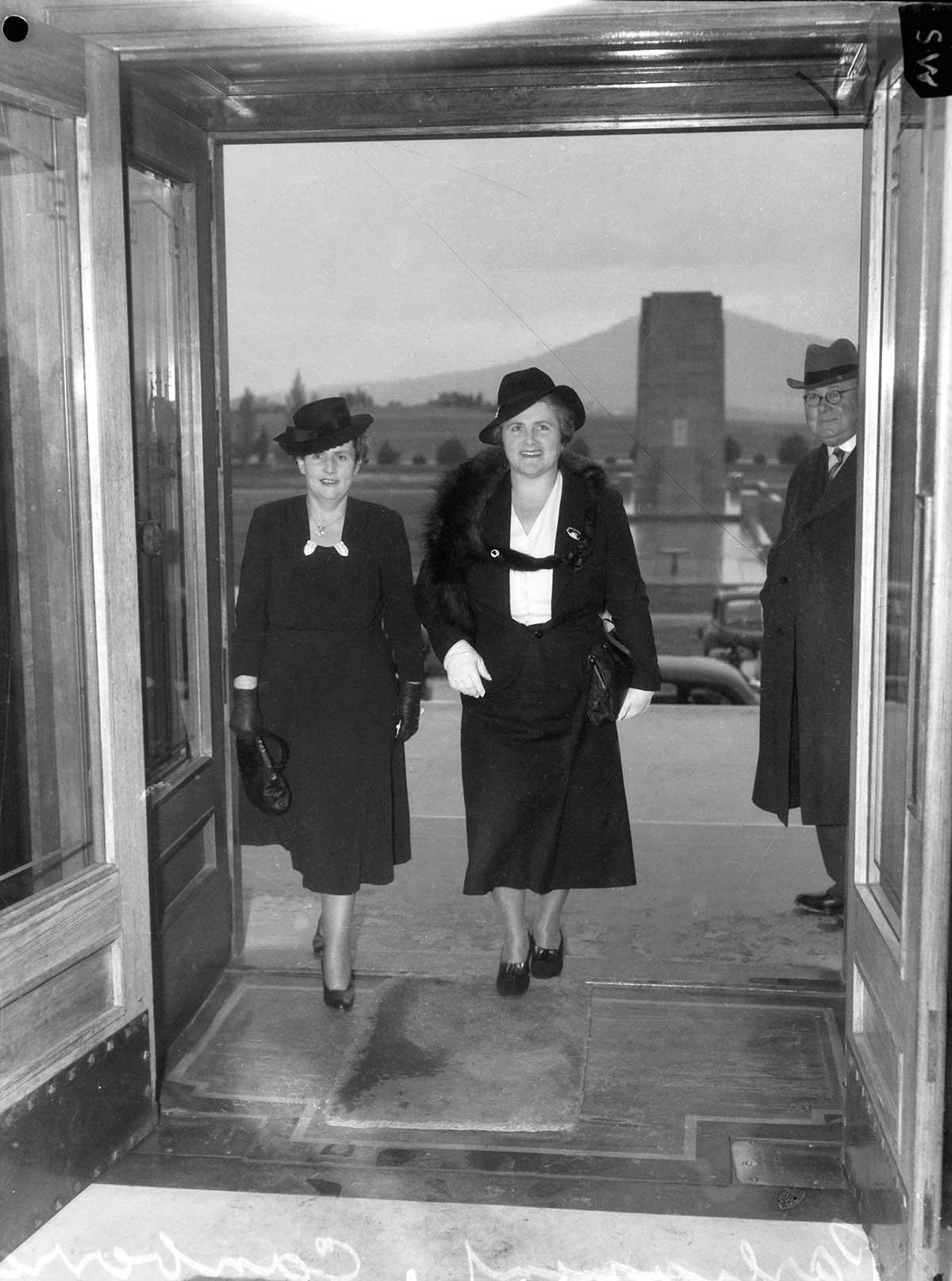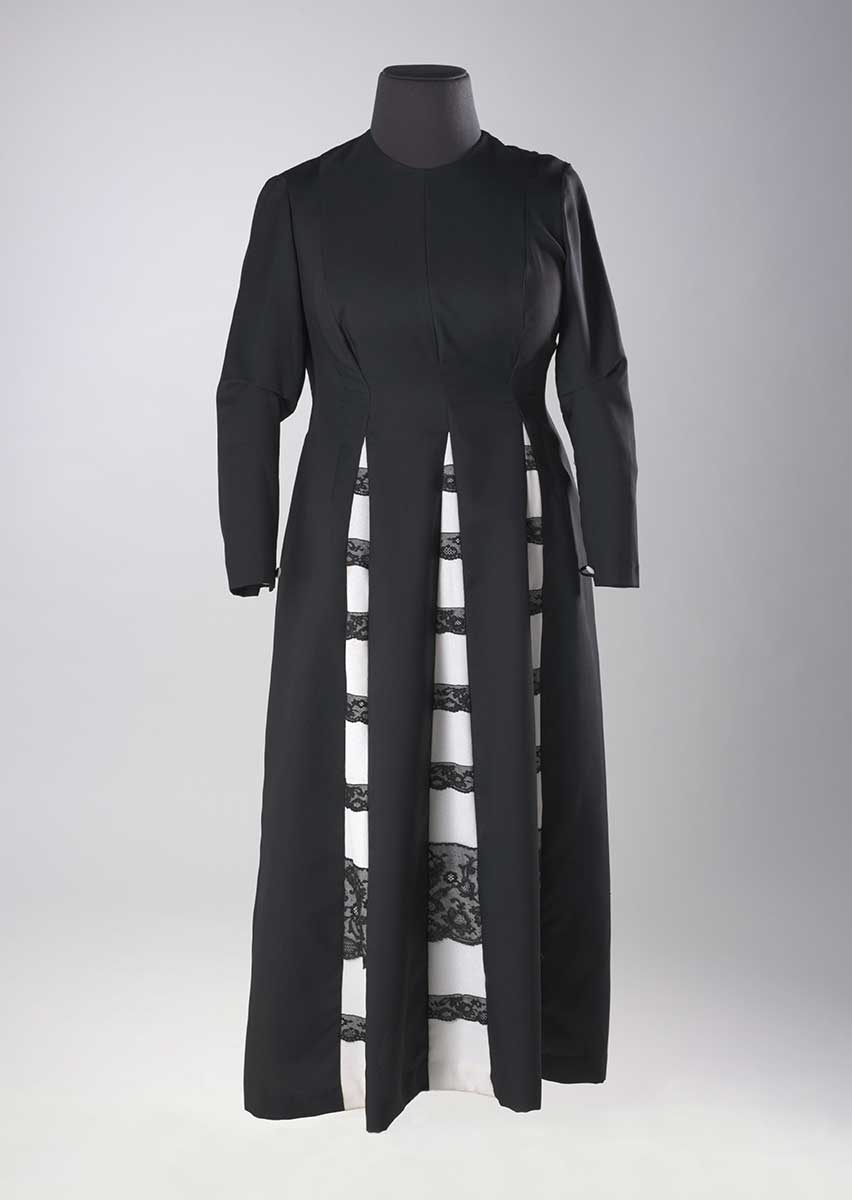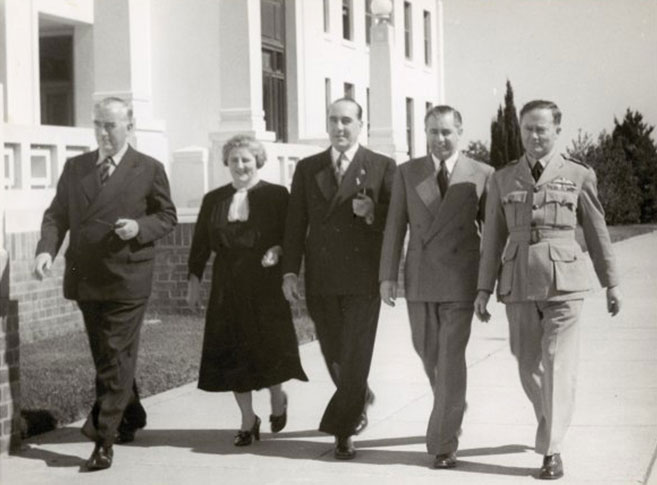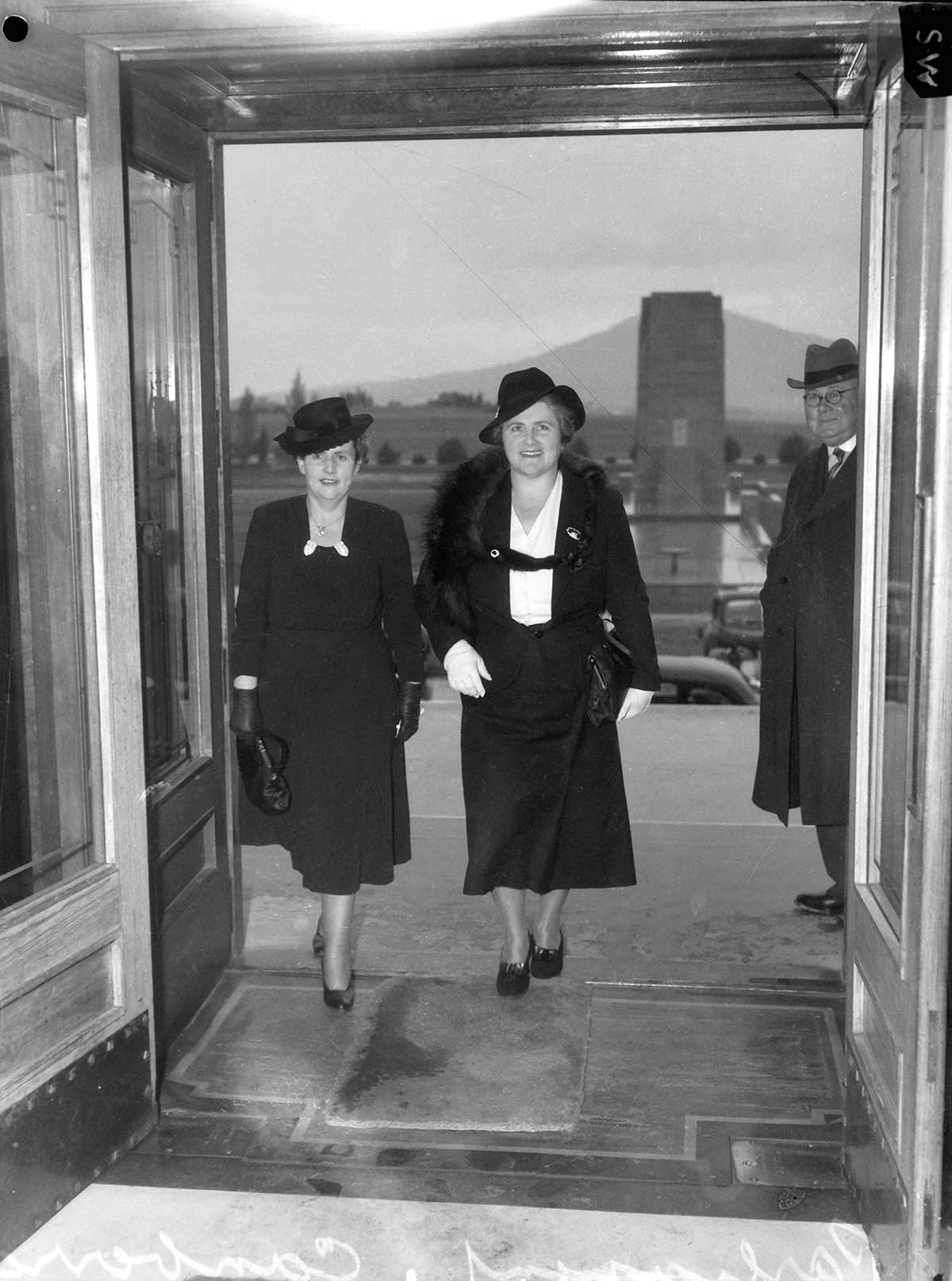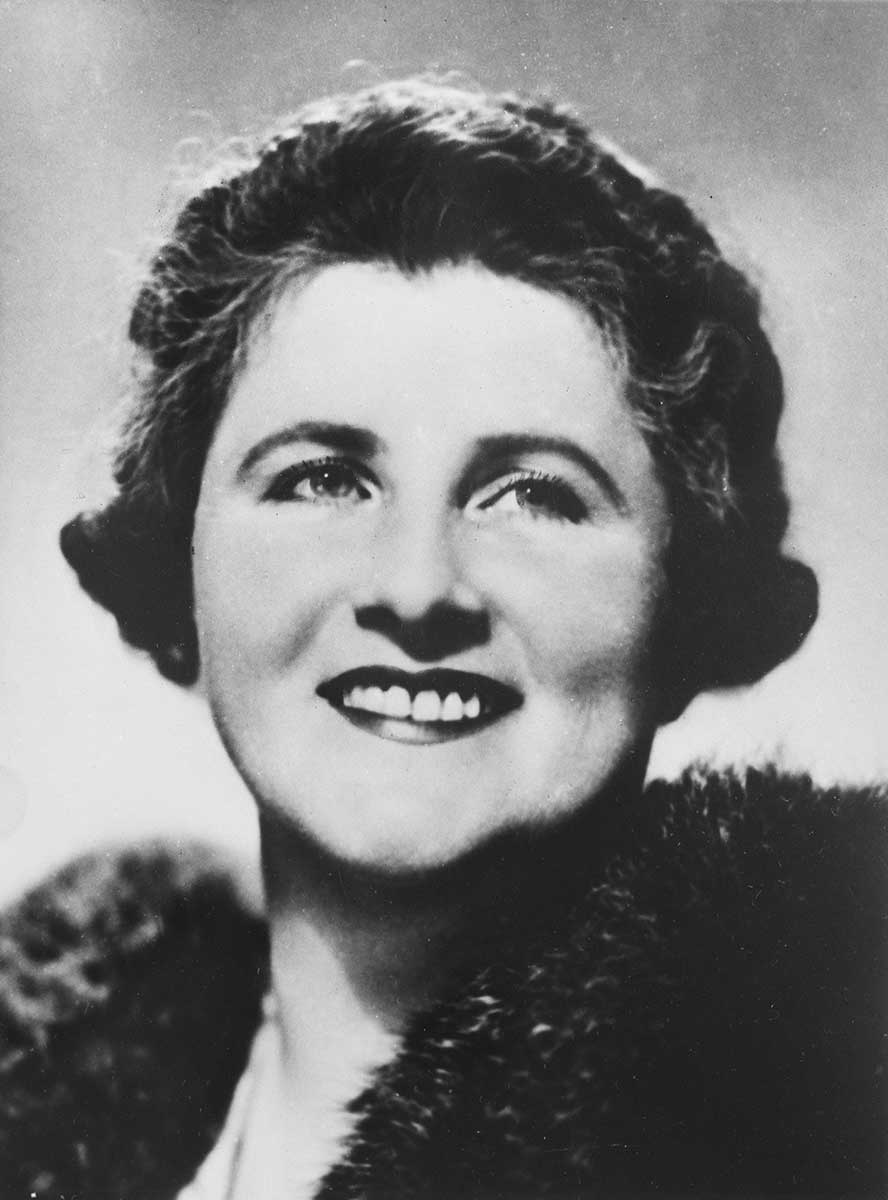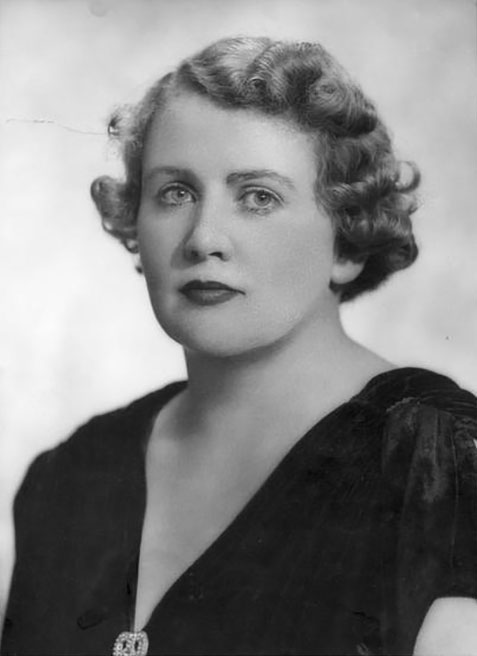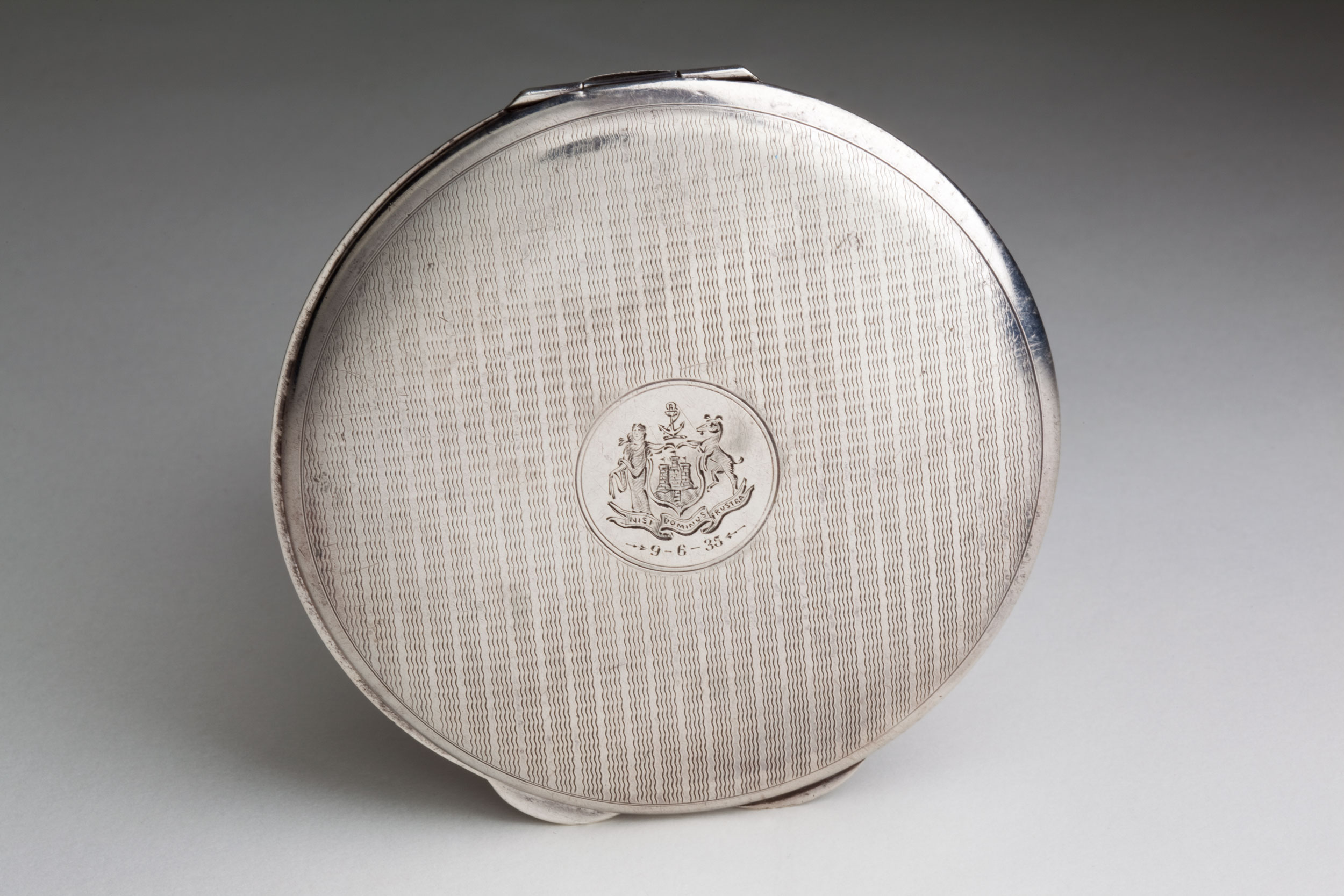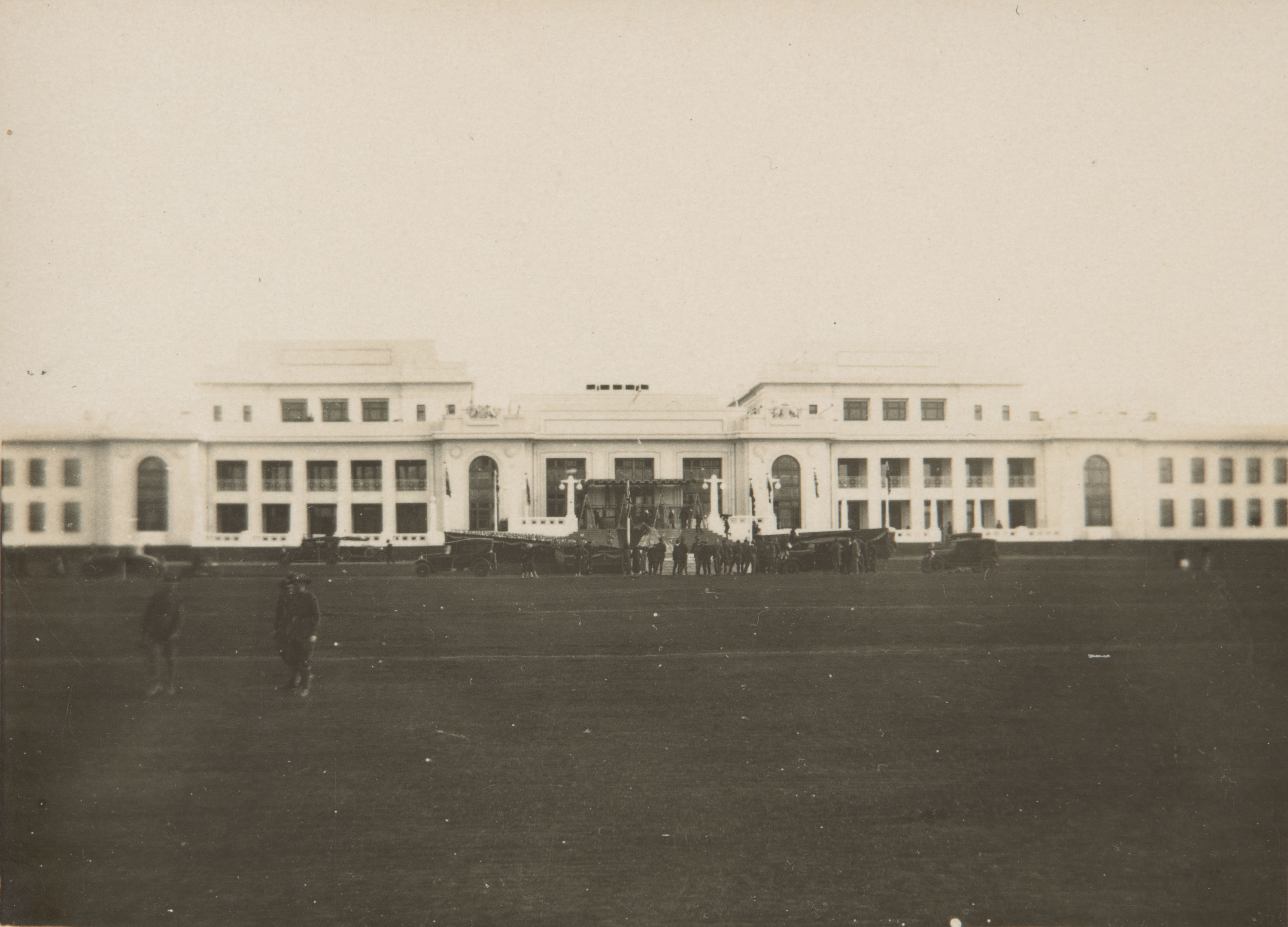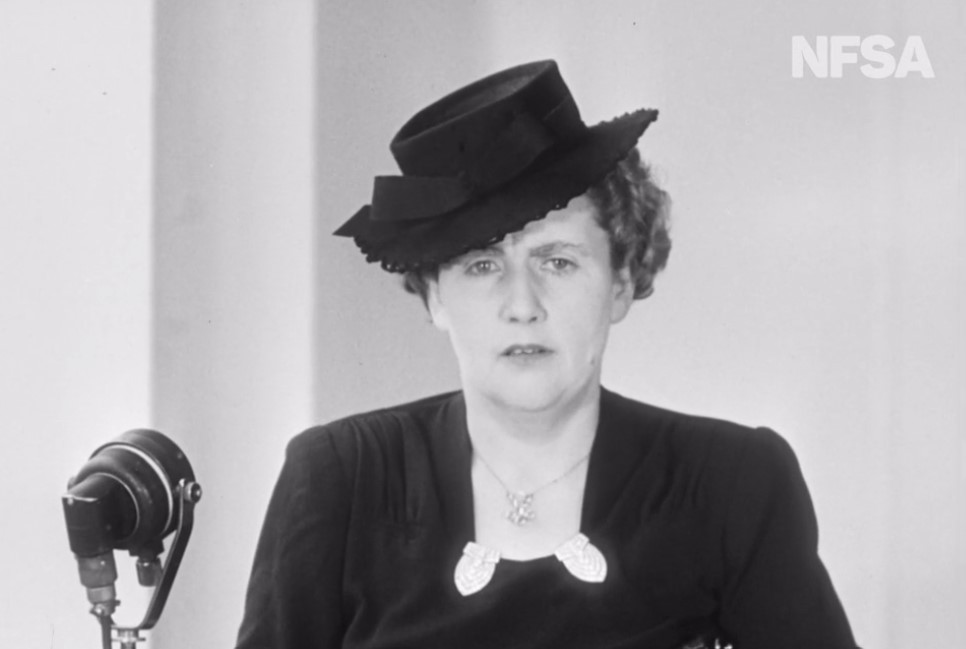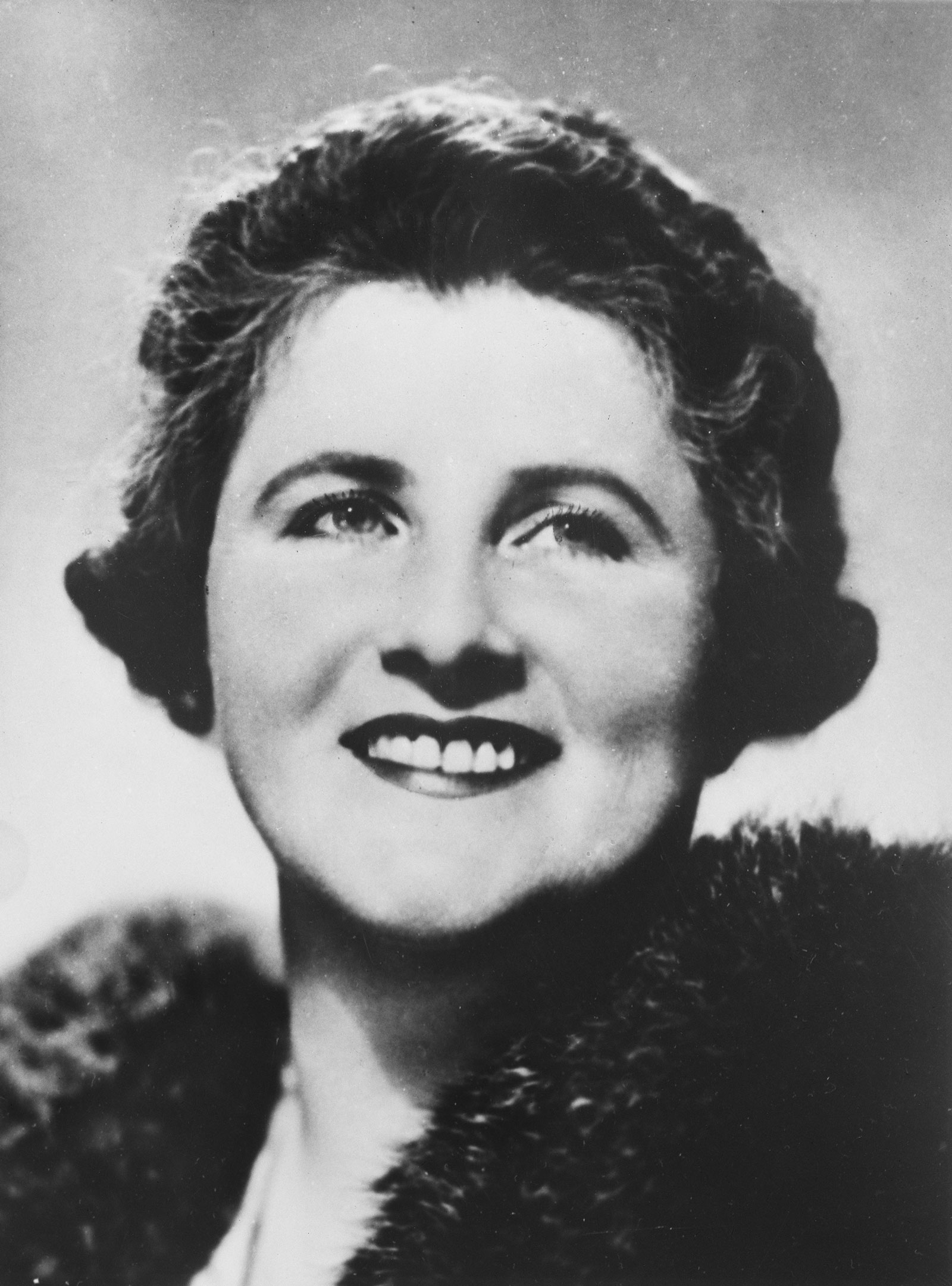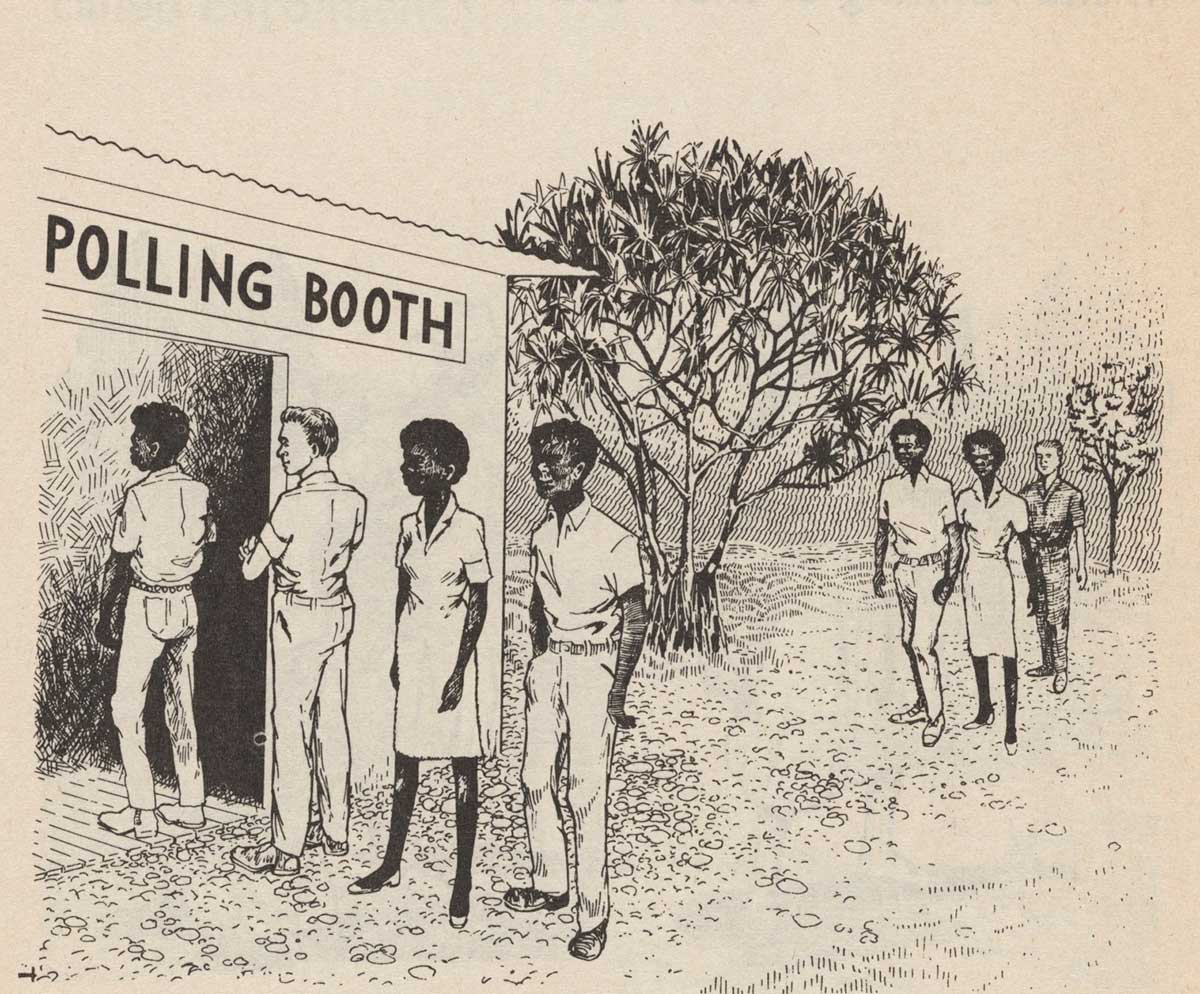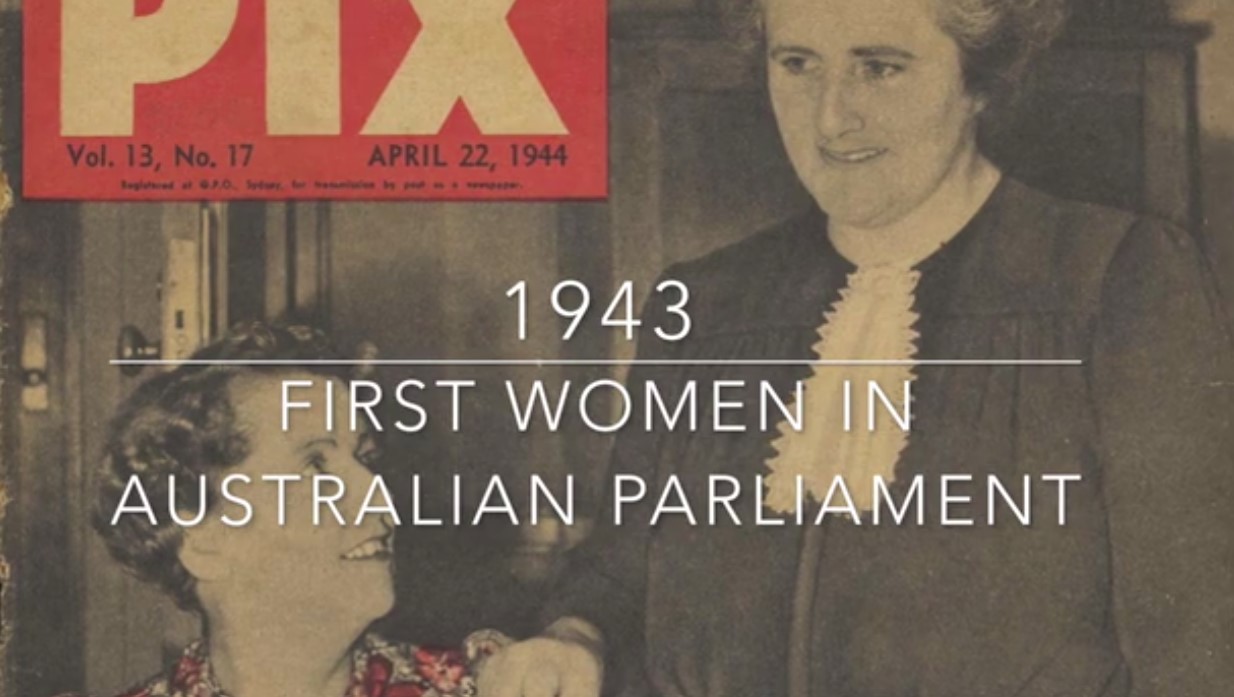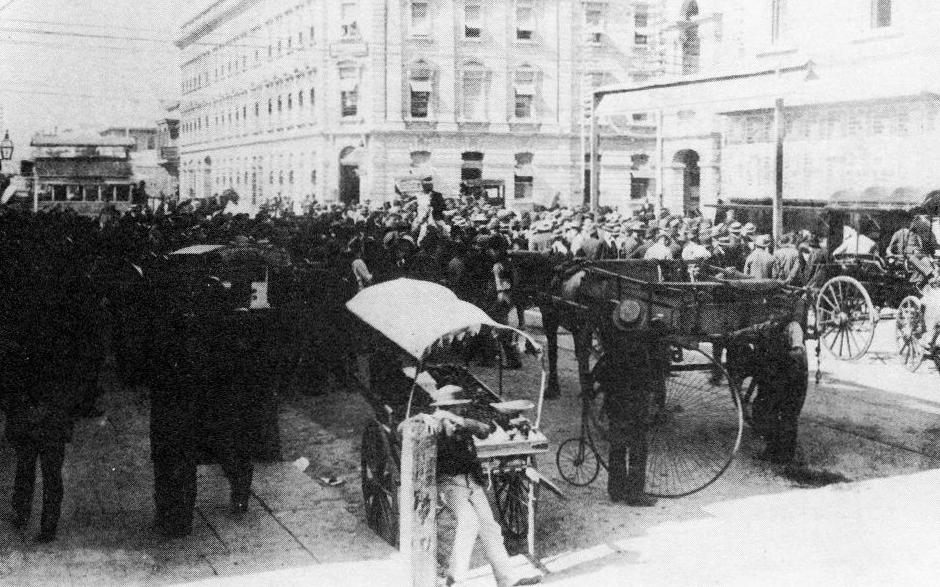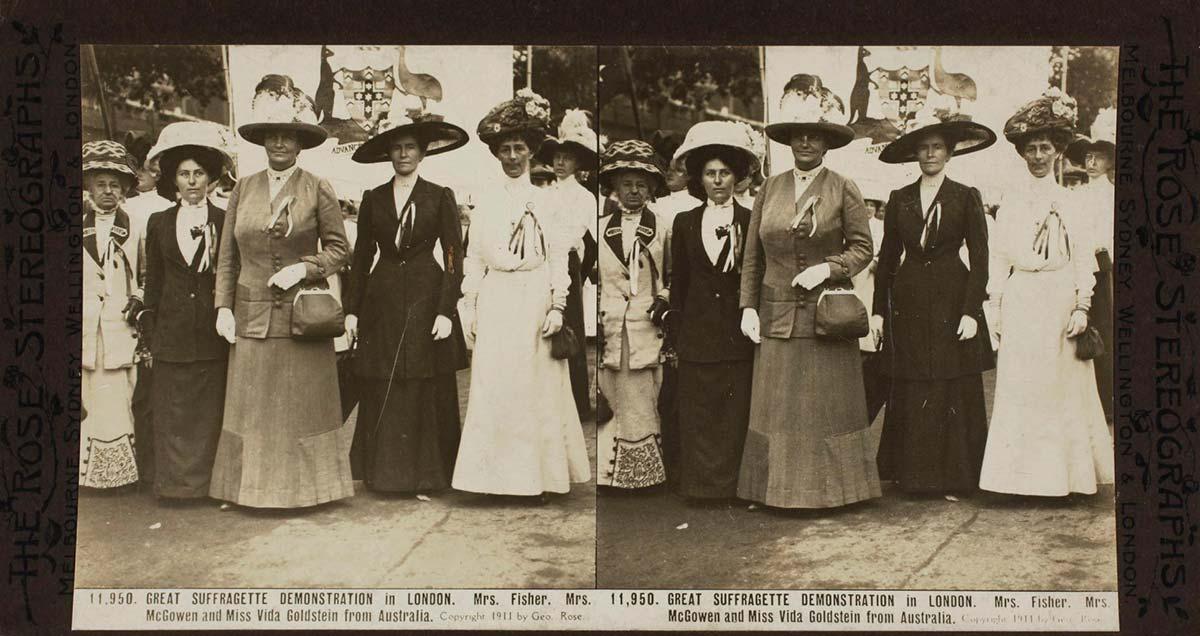‘A turning point in history’
1943: First women elected to the Australian Parliament
‘A turning point in history’
1943: First women elected to the Australian Parliament
In a snapshot
In 1902 Australia became the first nation in the world to introduce equal federal suffrage to men and women. The Commonwealth Franchise Act 1902 allowed women to both vote and stand for election. But it took another 41 years for the first women to be elected to the Australian Parliament. In 1943 Enid Lyons became the Member for Darwin (in Tasmania) in the House of Representatives, and Dorothy Tangney was elected to represent Western Australia in the Senate.
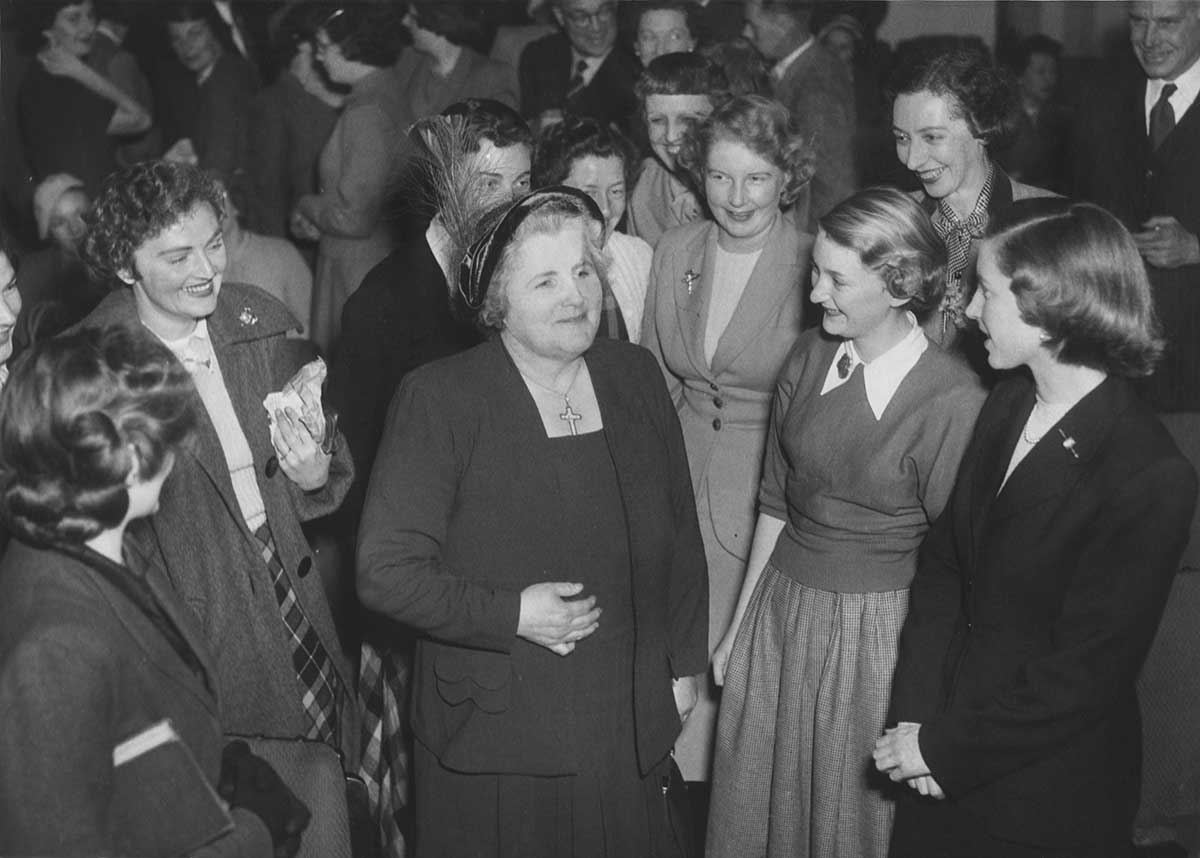
 Can you find out?
Can you find out?
1. Why couldn’t women be elected to the Australian Federal Parliament before the Second World War?
2. What was Edith Lyons’s main contribution to parliament?
3. What was Dorothy Tangney’s main contribution to parliament?
When did Australian women get the right to vote?
In 1894 South Australia became the first government in the world to grant equal political rights to men and women. Women were allowed to vote and to stand for election in state parliament. By 1908 all Australian states had given women the right to vote.
In 1902 the newly federated Australian nation passed the Commonwealth Franchise Act which gave women the right to vote and run for the Australian Parliament. But the Act excluded all Aboriginal people, both men and women. They did not gain the right to vote in federal elections until 1962.
Research task
Find out who was the first woman to be elected to an Australian state parliament.
Why did women have to wait more than 40 years to be elected to the Australian Parliament?
In 1903 the first woman ran for election in the Australian Parliament but was not successful. In the years before the Second World War no female candidates were supported by Australia’s major political parties and they had to run for election independently. But no woman won enough votes to be elected.
This changed in 1943 when Australia’s first female representatives were elected and entered the Australian Parliament. Dame Enid Lyons was elected to the House of Representatives and Dorothy Tangney was elected to the Senate. Lyons represented the United Australia Party and Tangney belonged to the Australian Labor Party.
Who was Dame Enid Lyons?
Dame Enid Lyons was actively involved in the political world for many years as well as being a mother to 11 children.
Lyons gained a lot of political experience when she campaigned and worked with her husband, Prime Minister Joseph Lyons (1932–39). When Joseph died in 1939 Dame Enid used politics as a way to fight the depression she suffered from the loss of her beloved husband.
Enid Lyons was an extremely popular member of parliament (MP) who focused on a wide variety of issues. She refused to be limited to standing only on women’s matters but she did use her platform to improve conditions for Australian women. She highlighted the need for family benefits, community housing, maternity services and the free distribution of essential medicines. Lyons was the first female Cabinet member and held the office of Vice President of the Executive Council from 1949 until she retired from parliament because of ill health in 1951.
Research task
Research when the first Aboriginal or Torres Strait Islander woman was elected to the Australian Parliament.
Research task
How many women were elected to the Australian Parliament after the most recent federal election?
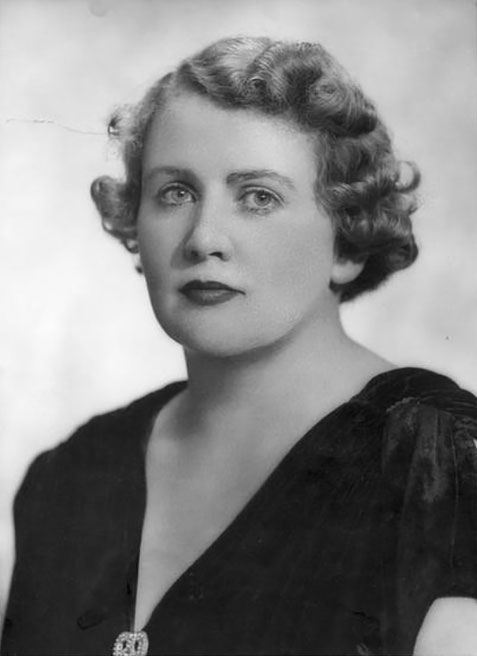
Who was Dorothy Tangney?
After being elected as a Senator for Western Australia in 1943, Dorothy Tangney served for 25 years. Her record as the longest serving woman in parliament wasn’t broken until 2001. She was widely respected both in parliament and by the public.
During her time in politics Tangney took a stand on many women’s issues. She promoted equal pay and opportunity, financial assistance for abandoned women and war widows, education for all, medical pensions, benefits for disabled Australians as well as free university education.
‘Mr Speaker. It would be strange indeed were I not tonight deeply conscious of the fact … that on my shoulders rests a great weight of responsibility. Because this is the first occasion upon which a woman has addressed this house. For that reason, it is an occasion which, for every woman in the Commonwealth, marks in some degree a turning point in history …’
Did Lyons and Tangney pave the way for other women?
Lyons and Tangney used their positions to highlight women’s issues and both of them paved the way for further female representation and leadership. Since then women have held the highest offices in the nation. Julia Gillard became Australia’s first female prime minister in 2010. In the same year Quentin Bryce became Australia’s first female Governor-General.
For the first time, following the 2025 election, there was roughly gender parity across the two houses of parliament, with women occupying 46 per cent of the seats in the House of Representatives and almost 57 per cent in the Senate.
Read a longer version of this Defining Moment on the National Museum of Australia’s website.
 What did you learn?
What did you learn?
1. Why couldn’t women be elected to the Australian Federal Parliament before the Second World War?
2. What was Edith Lyons’s main contribution to parliament?
3. What was Dorothy Tangney’s main contribution to parliament?






